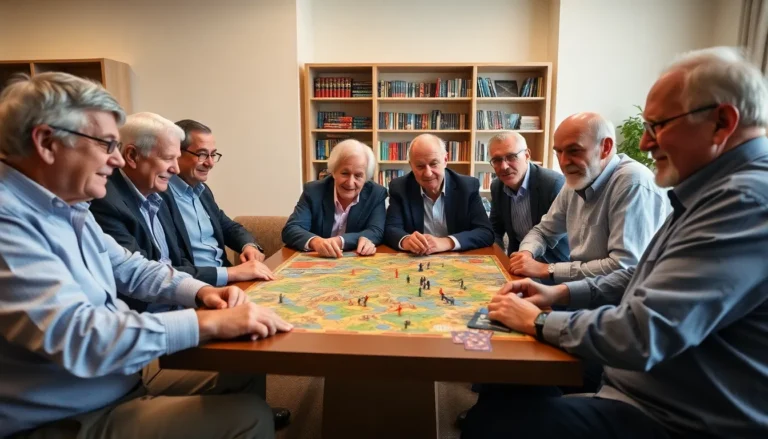Gaming has transcended mere entertainment, evolving into a rich cultural phenomenon that impacts millions around the globe. From the humble beginnings of pixelated adventures to today’s immersive experiences, the journey of gaming reflects society’s technological advancements and shifts in creativity. This exploration delves into the evolution of gaming, its technological influences, and what the future holds in this ever-changing landscape.
Table of Contents
ToggleThe Evolution Of Gaming: From Pixels To Reality
Defining Moments In Gaming History
The history of gaming is punctuated by defining moments that shaped today’s landscape. It all began in the early 1970s with games like “Pong,” which introduced the concept of video gaming to a wider audience.
As the years passed, titles such as “Space Invaders,” “Pac-Man,” and “Mario Bros.” not only entertained but inspired an entire generation. The introduction of the Nintendo Entertainment System (NES) in the 1980s marked a resurgence in home gaming and legitimized video games as a respected medium. Each milestone has contributed to the industry’s growth, paving the way for the complex narratives and stunning graphics seen in today’s games.
The Rise Of Multiplayer Gaming
In the late 1990s, multiplayer gaming transformed the landscape, making it a social activity. Titles like “Counter-Strike” and “Halo” not only allowed players to connect online but also fostered a sense of community. The introduction of platforms such as Xbox Live further popularized multiplayer experiences, allowing individuals to engage with friends or strangers worldwide. This evolution continues today, with massive online battle arenas (MOBAs) and battle royale games bringing together players in unprecedented numbers. Multiplayer gaming isn’t just about competition: it’s about creating lasting friendships and shared experiences that elevate the medium.





